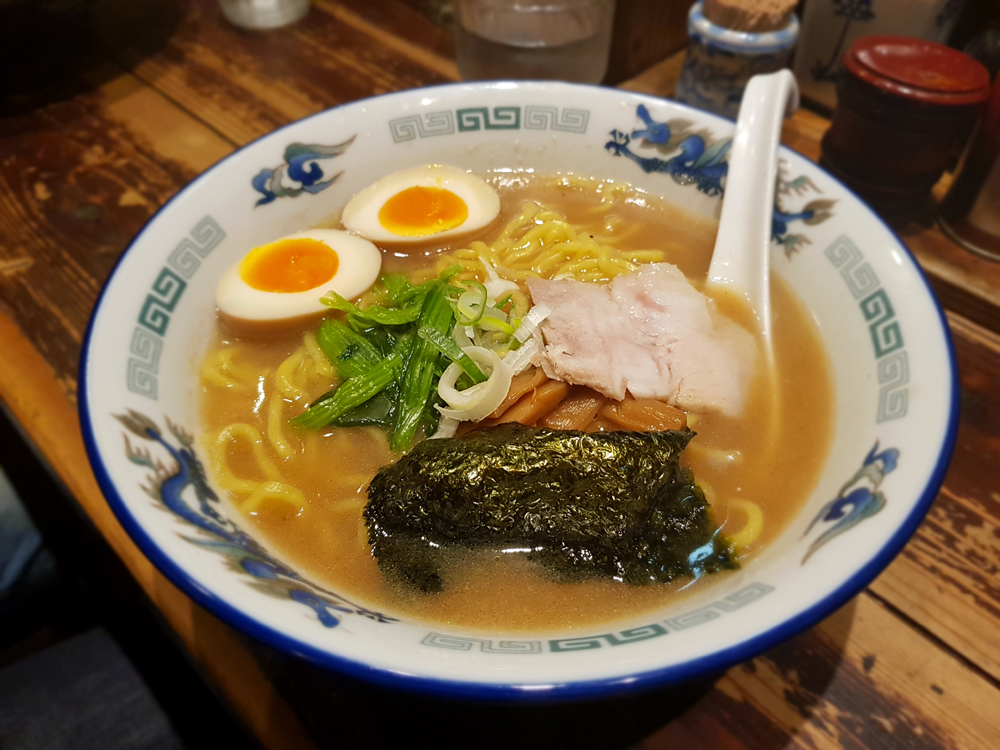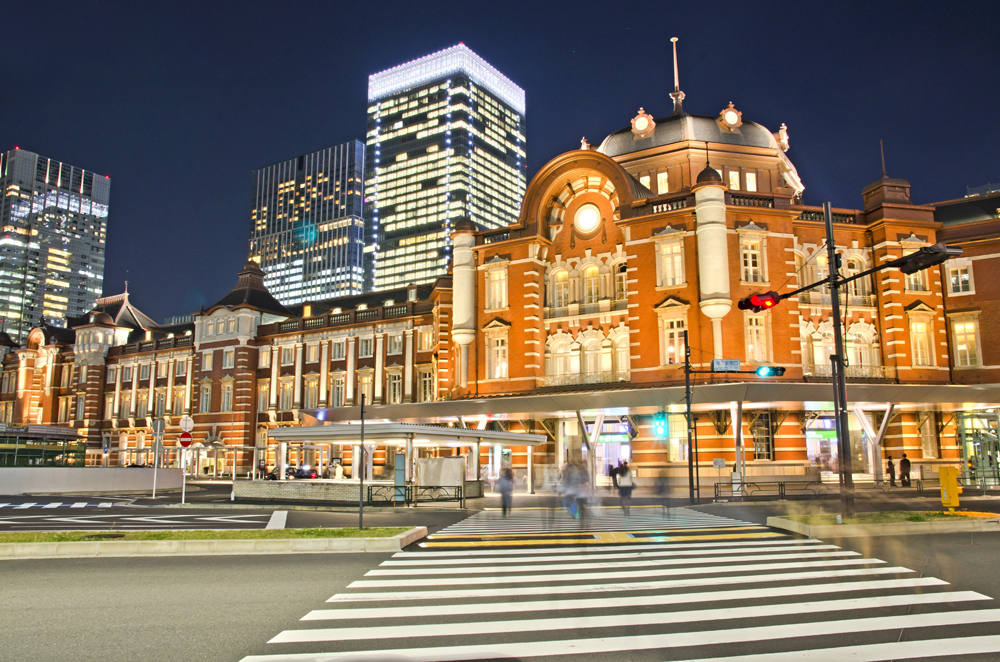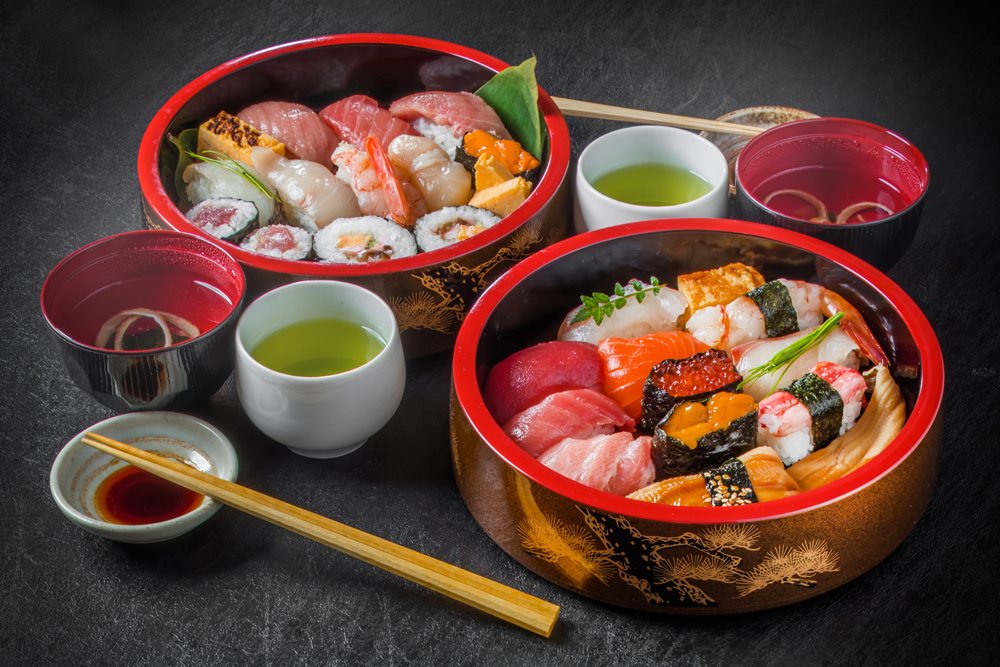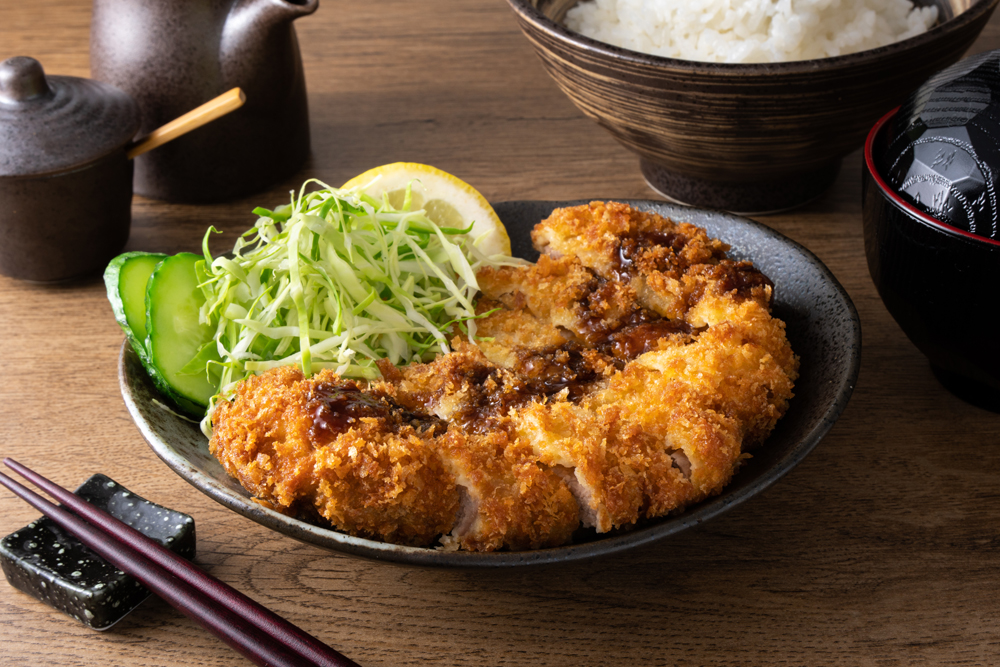
Five Japanese Dishes to Eat in Tokyo
You don’t have to leave Tokyo to experience Japan’s famous culinary prowess. Japan’s capital city is so large and varied that you could spend a lifetime here and not discover every hidden gem or must-try restaurant. That being said, it’s unlikely you will have anywhere near a lifetime to explore. Odds are you’ll only have a few days before moving on to some other part of the country on your Japan trip. That being the case, what should you eat before you leave Tokyo behind? We’ve got five essential Japanese dishes to try, as well as recommendations on where to go in the city to find them, and even a few specific restaurants to check out. But even if you can’t make it to these individual spots, make a point of eating these five dishes during your time in Tokyo.
What are the best foods in Tokyo?
Ramen
Ramen has become the most popular food in Japan. Once you have your first taste of ramen in Japan, you’ll understand why so many people eat it for lunch every day. The dish consists of long, chewy noodles in a thick broth usually made from pork, that’s topped with savoury additions such as soft-boiled eggs, green onions, sesame, and thin slices of pork belly or pork shoulder. There are several variations of ramen, between broth (pork, chicken, or vegetarian), noodle (thin or thick, flat or round), accent flavour (salt, soy sauce, miso, or sesame), and toppings (roast chicken, pork shoulder, pork belly, soft-boiled eggs), but the main concept stays the same no matter what kind of ramen you try. Don’t feel pressured into thinking that one kind of ramen is more authentic than the other. Simply try what sounds good to you and rest assured you’ll want to try the other kinds after you’ve had your first taste.
You’ll find ramen restaurants everywhere in Tokyo. Often these hole-in-the-wall restaurants consist of simply a kitchen and a few stools at a counter facing the chef. Some restaurants are larger, but many are tiny. Don’t worry if the stalls are taken up when you visit one of the smaller ones. At ramen restaurants, people eat quickly, slurping down their whole bowl of noodles in a few minutes flat. So soon enough, any occupied seats will free up. If there’s a line, queue up and be aware that many restaurants use vending machines to pay for the meal. You select your order on the machine, pay, and then get a little receipt, which you hand to the chef when it’s time to eat.

There are ramen spots all over Tokyo, so you won’t have trouble finding one. Tokyo Station has an entire corridor of ramen restaurants in the basement, known as Tokyo Ramen Street. Many of the most popular ramen restaurants in town operate locations here, so you’ll find a lot of good options. If you want to try a specific kind of spicy miso ramen, head into Kanda to Kikanbo. The ramen here is some of the best in the world. Look for a small lineup outside a corner restaurant with curtains and red devils on the doors.

Sushi
As if you need to be convinced to eat sushi. If you are planning on visiting Tokyo, I can almost guarantee that not only have you had sushi, but you like it. So knowing that, get excited because in Tokyo you’ll eat the best sushi of your life. A part of this comes from the proximity to the Toyosu Fish Market, which is the centre of the world’s sushi grade fish trade. The Toyosu Fish Market replaced the old Tsukiji Market in October 2018 and continues its tradition of showcasing the best fish for restaurateurs, chefs, and grocers. This means that the good sushi restaurants shop here daily, therefore you’ll be enjoying choice cuts of fish at respected restaurants around town.
You’ll find some of the most popular sushi restaurants outside the fish market, including Daiwa, but don’t feel that you have to stay close to the market to find good sushi. There’s high-quality fish all over town. The tuna in Tokyo is especially good, but you’ll find all kinds of delicious cuts here, from salmon to unagi (freshwater eel) to mackerel and sweet shrimp. The shops of the Outer Tsukiji Fish Market offer another good place to get quality sushi. If you want to really splurge on high-end sushi, you can try to snag a seat at Sukiyabashi Jiro, which became famous with the documentary, Jiro Dreams of Sushi. Just be ready to book well in advance and pony up 30,000 YEN for the omakase (chef’s choice) menu.

Yakitori
Yakitori might be a bit less familiar to you than ramen and sushi, but even if it’s not, you’ll experience a whole other level of yakitori in Tokyo while on your Japanese vacation. This finger food consists of parts of chicken skewered and grilled with delicious, savoury sauces applied while cooking. Mirin, sake, soy sauce, sugar, and slat are used to season the meat. Yakitori is popular at food stalls and izakaya, but also high-end restaurants, so it’s not necessarily a street food. While vegetables, prawns, and other foods are grilled in ways similar to yakitori, yakitori as a term only applies to chicken. But there are many parts of chicken to choose from.
Yakitori chefs utilize every part of the bird to make these delicious skewers, so in addition to conventional cuts like thigh, breast, and wing, you’ll also find gizzard, cartilage, heart, and tail. Don’t be dismayed by what sounds like a potentially strange dish; no one is going to force you to try cartilage, but if you do, you’ll realize how delicious it is.
Like with the other dishes mentioned in this piece, Tokyo has an embarrassment of riches when it comes to good yakitori spots. Memory Lane in Shinjuku is among the most popular spots for yakitori in the city, as yakitori makes for a popular late-night snack for the bar-hopping crowd. You’ll also find many good yakitori stalls in the back streets of Ueno. But there is also a good chance you’ll come across a restaurant in a non-descript part of Tokyo selling yakitori that exceeds your wildest dreams. I wandered across such a place in Ueno to the north of Ueno Park, and although I never got the name of the restaurant (everything was in Japanese), I’ll never forget the delicious taste of the salted yakitori I ordered.

Tonkatsu
Tonkatsu isn’t as iconic as sushi, ramen, or yakitori, but it can’t be beat for an unpretentious meal in a casual restaurant in Tokyo. The dish consists of pork cutlet that’s fried in panko breadcrumbs, sliced, and then served on a bed of shredded green cabbage. It’s usually covered in tonkatsu sauce, which is a brown sauce made from a distillation of Worcestershire sauce and Japanese spices, mustard, or a kind of tartar sauce. You can find variations of tonkatsu made with chicken, ham, and even beef patties, but pork is far and away the most popular version.
If you need a break from sushi, don’t want something as rich as ramen, and don’t want to veer away from Japanese cuisine, tonkatsu is the perfect dish to try. Many restaurants specialize in tonkatsu, but you’ll also find it in many department store restaurants (which are legitimately good in Japan) and in more casual restaurants where you order by vending machine.

Tempura
Like tonkatsu, tempura is influenced by European cooking, but it has become a key part of Japanese cuisine. Simply put, tempura is the Japanese style of deep-frying. Vegetables, prawns, fish, and even crabs are covered in a light batter and deep fried in hot oil. What makes tempura different than western styles of deep-frying is the lightness of the batter, which does a good job of protecting the crispness of vegetables from the moisture and heat. Thus, with tempura, you get to enjoy a crispy, savoury batter as well as vegetables that don’t become soggy from the trapped moisture.
You’ll find good tempura restaurants all over Tokyo. Like with tonkatsu, tempura is often the featured item for mid-range restaurants that you’ll find in department stores or more commercial areas. It’s also often served as a main item of bento box lunches. However, there are also some older restaurants that do tempura in a traditional manner that you won’t find in casual restaurants or bento boxes.
One of these restaurants is Daikokuya Tempura in Asakusa, just to the south of Senso-ji. This modest restaurant deep fries its dishes in 100 percent sesame oil, giving its tempura a heavy, rich, very crisp batter. If you opt for the standard dinner here, you’ll get three sizable portions of tempura, including prawns and fish fried whole. It’s delicious, but also something that you won’t find in tempura dishes outside of Tokyo, or even Asakusa itself.

Tokyo is a city to get lost in. Even if you only have a few days to spend here on your Japan trip, make the most of it and order these five essential dishes in restaurants around the city. You’ll be happy you did.
Get more travel inspiration by email.
Subscribe
0 Comments

Get the latest travel trends & hear about the best deals on vacations around the world.
If you’re a Globetrotter, these are the newsletters for you!



